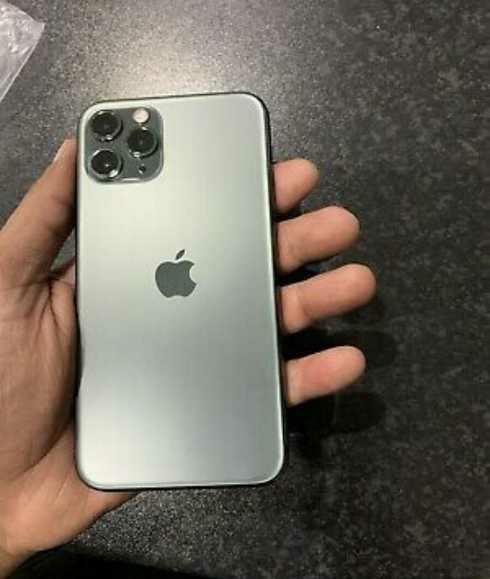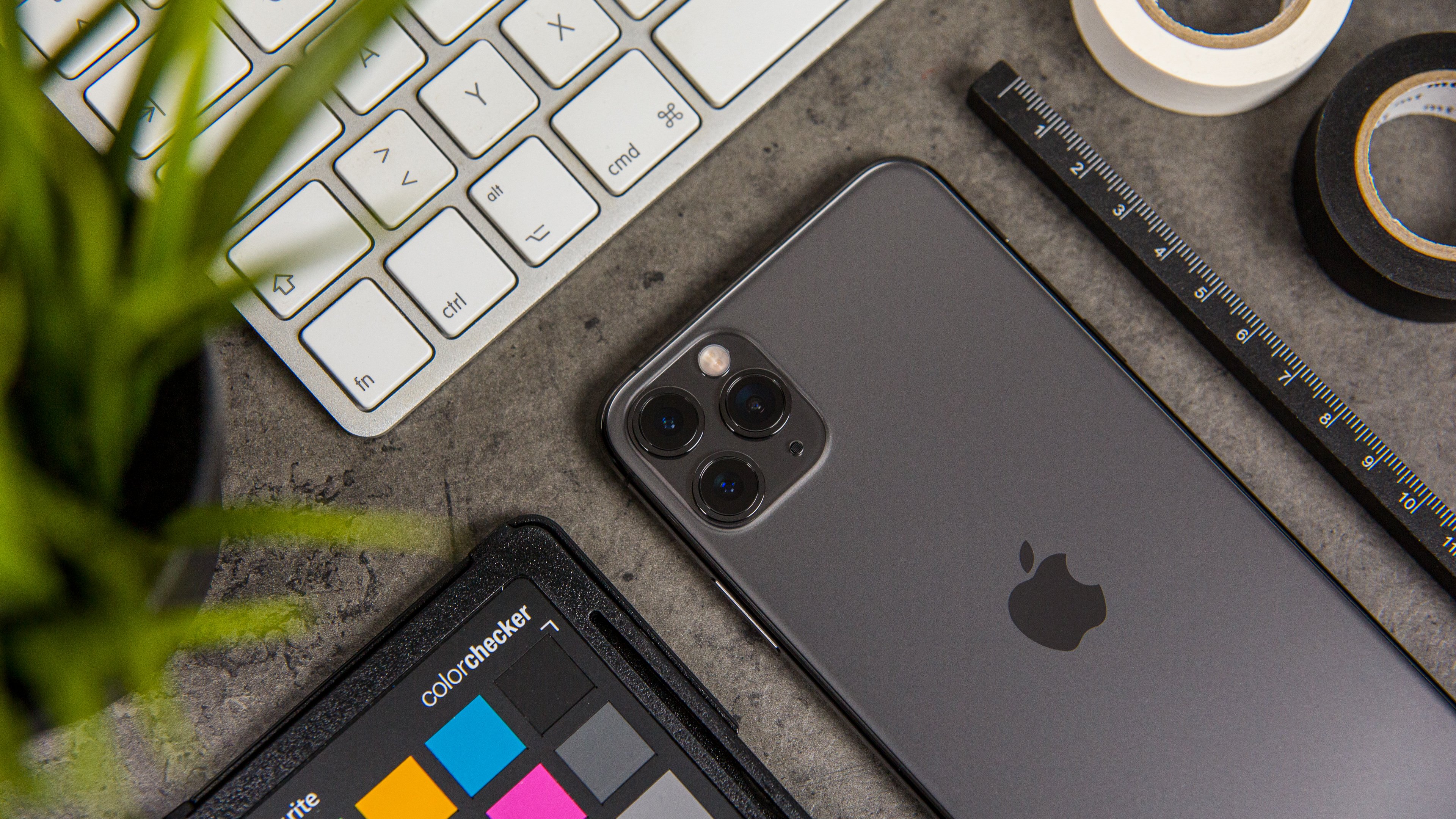

This is an evolutionary update and one that is also now available to older iPhones. While the 11 Pro Max is no faster than the smaller 11 Pro, it does have a bigger battery that will stay charged longer depending on what you’re doing with it: you get just one extra hour when streaming video, for example, but an extra 15 hours of music-listening.Īll new iPhones now come with iOS 13 installed.

We experienced no slowdowns during our time with the phone, but it’s not as if the iPhone XS Max that it replaced was in any way slow. Under the skin is the new A13 Bionic chip, which Apple claims makes the iPhone 11 Pro not only 'the most powerful iPhone ever' but also ‘the fastest smartphone on the market’. That may be of limited use in real life, but it’s more likely to survive being dropped into the deep end of a swimming pool. Like the iPhone 11 and standard-sized 11 Pro, the 11 Pro Max is officially IP68 rated for water and dust resistance, but its waterproofing is better than before – it now can go down to a depth of four metres for up to 30mins. The rumoured move to USB-C, in line with the latest iPad Pro and MacBooks, hasn’t materialised, until maybe next year when the iPhone should be due a bigger design upgrade. We’re looking forward to the day that stunningly advanced camera systems don’t look like a fly’s eyeball.Īt the bottom of the phone is the same Lightning connector we’ve seen for the last few years. In the top-left corner of the rear panel is the unmissable camera array that still looks a bit awkward. Rear camera Triple 12MP Ultra Wide, Wide and TelephotoĪs with the 11 Pro, the 11 Pro Max’s screen is interrupted by the now-familiar notch, and the bottom of the phone has two perforated grilles, one of which packs a speaker, while the other is there purely to keep things symmetrical.


 0 kommentar(er)
0 kommentar(er)
